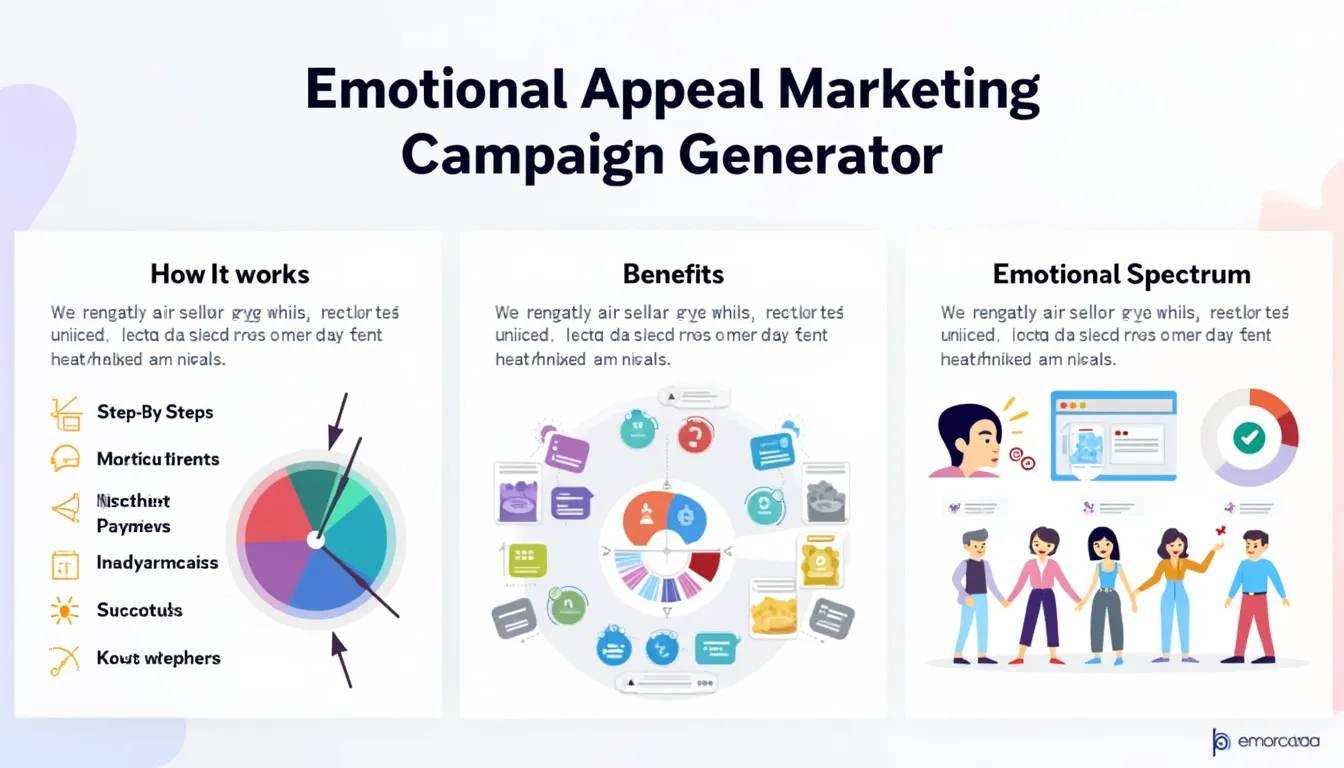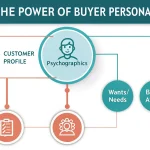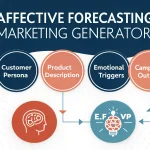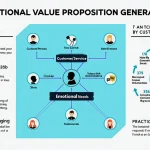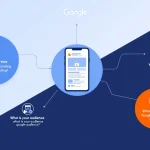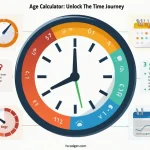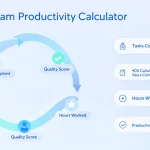Is this tool helpful?
How to use the tool
- Primary Emotion – State the feeling you want to evoke.
Example 1: “excitement”
Example 2: “belonging” - Ideal Customer Persona – Offer a concise snapshot of your target buyer: age, lifestyle, goals, pain points.
Example 1: “Remote software engineers who value productivity hacks”
Example 2: “Retirees seeking group fitness and social activities” - Product/Service Description – Highlight features, benefits, and differentiation.
Example 1: “AI-powered time-tracking app with focus-mode alerts”
Example 2: “Plant-based snack box subscription updated monthly” - Press Generate Campaign Outline. Your tailored, emotion-driven framework appears instantly and can be copied for editing, presentation, or launch.
Quick-Facts
- Emotionally resonant ads lift sales by 23 % (Nielsen, 2016).
- Highly engaged emotional customers deliver 52 % higher lifetime value (HBR, 2015).
- Campaigns with primarily emotional messaging show a 31 % profit gain vs. 16 % for rational ads (IPA, 2013).
- Creative development consumes up to 40 % of digital ad budgets (Forrester, 2022).
FAQ
What is the Emotional Appeal Marketing Campaign Generator?
The generator is a web form that builds a structured marketing outline based on one emotion, a defined persona, and your product description, returning results through the WordPress process_llm_form API in seconds (WordPress Developer Docs, 2023).
How does the tool create an outline?
It sends your three inputs to a large-language-model endpoint, which drafts hooks, value propositions, and channel ideas aligned to the emotion you choose, then returns formatted HTML for easy copying (OpenAI API Guide, 2023).
Which emotions deliver the highest return on investment?
Studies show joy, trust, and surprise top ROI tables, with joy-based campaigns averaging a 4 : 1 profitability ratio (IPA Touchstones, 2020).
What details should I include in the persona field?
List age range, job or lifestyle, key frustrations, and desired outcomes. “Clarity drives persuasive messaging,” notes the Content Marketing Institute (CMI, 2022).
How do I measure success after launching?
Track click-through rate, conversion lift, sentiment analysis, and revenue per visitor. Emotion-focused ads see 3× social sharing versus neutral content (BuzzSumo Report, 2021).
Can small businesses benefit?
Yes. Emotion-based storytelling fosters loyalty even on limited budgets; 64 % of consumers say shared values drive brand relationships (Edelman Trust Barometer, 2022).
Is the generated outline editable?
Absolutely. Copy the HTML or plaintext, paste it into your CMS or document, and adjust tone, visuals, or calls to action without affecting tool functionality.
How fast will I receive my outline?
With stable connectivity, the API responds in under five seconds for typical payloads under 1 kB (AWS Latency Dashboard, 2023).
Important Disclaimer
The calculations, results, and content provided by our tools are not guaranteed to be accurate, complete, or reliable. Users are responsible for verifying and interpreting the results. Our content and tools may contain errors, biases, or inconsistencies. Do not enter personal data, sensitive information, or personally identifiable information in our web forms or tools. Such data entry violates our terms of service and may result in unauthorized disclosure to third parties. We reserve the right to save inputs and outputs from our tools for the purposes of error debugging, bias identification, and performance improvement. External companies providing AI models used in our tools may also save and process data in accordance with their own policies. By using our tools, you consent to this data collection and processing. We reserve the right to limit the usage of our tools based on current usability factors.
